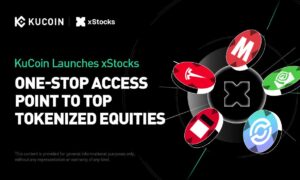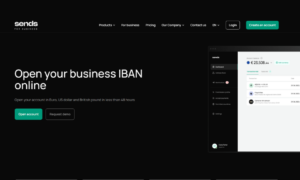Not too long ago, obtaining a loan typically meant a visit to the nearby bank, dealing with piles of paperwork, and requiring a considerable amount of patience. Nevertheless, the financial scenario has undergone a substantial change with the introduction of online lending platforms.
The revolution in financial technology has not just altered the borrowing process but has also made access to credit more widely available. Let’s explore the captivating evolution of online lending, investigating its historical development, expansion, and the technological innovations that have driven this financial transformation.
The Birth of Online Lending: A Paradigm Shift
The narrative of online lending commenced in the early 2000s, as a few innovators bravely challenged the conventional banking model. The emergency of the peer-to-peer lending space directly linked borrowers with individual lenders. This eliminated the need for a traditional intermediary and enhanced the efficiency and cost-effectiveness of the lending process.
Key Milestones in Online Lending
Online lending experienced rapid growth and evolution, marked by several key milestones. In 2006, LendingClub achieved a milestone by becoming the initial peer-to-peer lending platform to register its loans as securities with the Securities and Exchange Commission (SEC). This action paved the way for heightened regulatory oversight and credibility. As time passed, the sector witnessed the rise of specialized platforms addressing distinct niches like small business loans, student loans, and even crowdfunding for personal ventures.
Technological Advancements: The Backbone of Fintech Lending
A key factor contributing to the triumph of online lending is the ongoing incorporation of state-of-the-art technology. Machine learning algorithms and artificial intelligence play a crucial role in evaluating creditworthiness, simplifying the approval procedure. This speeds up the lending decision and allows for a more nuanced evaluation of borrowers, expanding access to credit for those whom traditional institutions might have overlooked.
Blockchain technology has left its imprint on online lending as well, offering a secure and transparent method for conducting financial transactions. Smart contracts, fueled by blockchain, facilitate automated and trust less agreements between lenders and borrowers, diminishing the reliance on intermediaries and lowering the risk of fraudulent activities.
The Rise of Alternative Data and Credit Scoring Models
Traditional credit scoring models often left out a significant portion of the population, particularly those without a robust credit history. Online lenders recognized this limitation and began incorporating alternative data sources into their credit assessment processes. Social media profiles, online behavior, and even utility bill payments are now considered alongside traditional credit data, offering a more holistic view of an individual’s financial responsibility.
Some lenders like FlexMoney use the industry’s leading software to look past traditional credit bureau data to determine a borrower’s eligibility. This shift toward alternative credit scoring has been crucial in fostering financial inclusion, allowing individuals with limited credit history to access loans based on various factors. As a result, online lending has become a powerful tool for addressing underserved and unbanked populations.
The Future of Online Lending: Open Banking and Collaboration
In the future, the progression of online lending is expected to be influenced by the concepts of open banking and growing cooperation between fintech firms and conventional financial institutions. Open banking initiatives facilitate secure sharing of financial data among diverse financial service providers, fostering a more interconnected and smoother financial ecosystem.



































